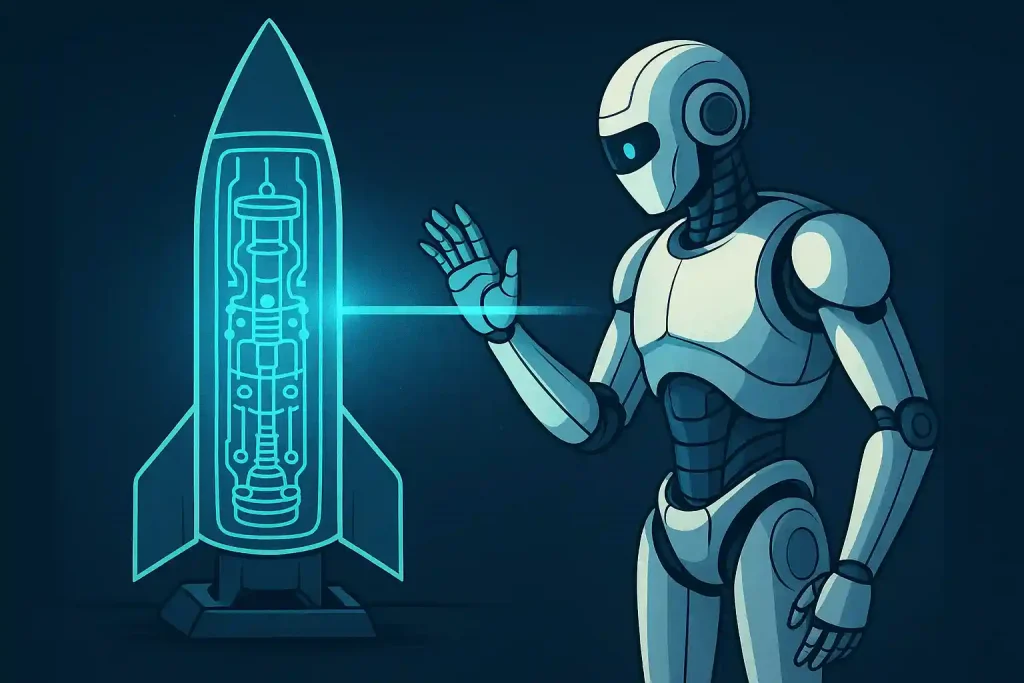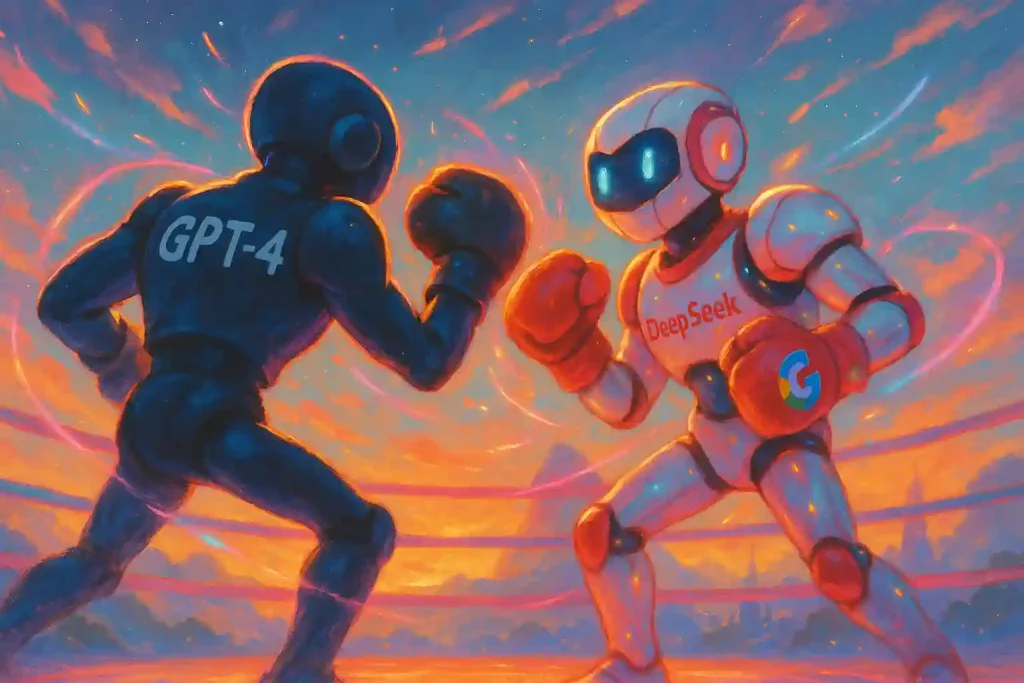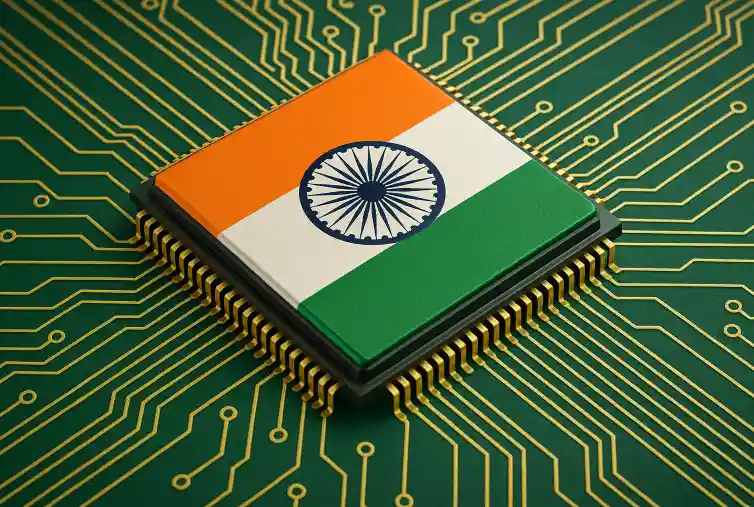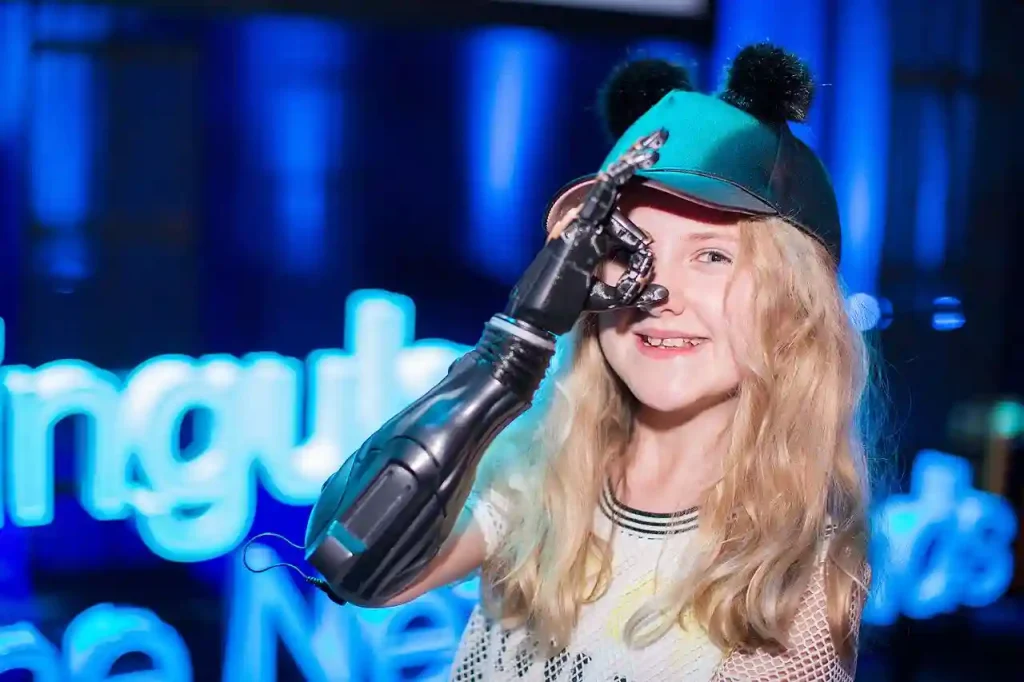Author: Nigel Pereira
With a background in Linux system administration, Nigel Pereira began his career with Symantec Antivirus Tech Support. He has now been a technology journalist for over 6 years and his interests lie in Cloud Computing, DevOps, AI, and enterprise technologies.
Construction of the Dholera fab is already underway, and it’s being designed to process up to 50,000 wafers per month. Earlier last month, we posted about India’s first Aatmanirbhar semiconductor chip, now we’re back with the story of India’s first chip fab. Tata Electronics has broken ground on India’s first indigenous chip fabrication plant, located in Dholera, Gujarat. With an investment of ₹91,000 crore (roughly $11 billion), this fab won’t just assemble chips, it will build them from scratch, using raw silicon wafers and advanced photolithography. That makes it the first project in India to take on the full-scale manufacturing…
Teleportation over the internet, teleportation to run an algorithm, and single-photon teleportation. Three different breakthroughs. Three pieces of the same puzzle. Teleportation is real, or so the headlines claim. Over the past few months, science media have been buzzing with bold declarations that we’ve finally crossed the teleportation threshold. But before you expect a “beam me up” moment, it’s worth separating the clickbait from the genuinely groundbreaking. What’s actually happening is far more interesting and real. In December 2024, researchers at Northwestern University teleported the quantum state of a photon through 30.2 km of live, internet-carrying fiber-optic cable, using everyday telecom…
With a war brewing in the middle-east over whether or not Iran has Nukes, the world’s first AI nuke inspector can verify nuclear weapons are real without risking espionage or exposure, opening the door to real disarmament deals Arms control is stuck in the past. Despite decades of nuclear treaties and summit handshakes, the actual process of verifying warheads still looks like it was designed by Cold War bureaucrats with clipboards. The U.S. and its allies still rely on tamper seals, inspectors with limited access, and trust-but-don’t-you-dare-verify protocols. Now China’s pulled a hard left. According to new reports, its scientists…
While China’s most ambitious open-source model may have been quietly fed by one of its Western rivals, if the product is an Open Source LLM better than GPT-4, does anyone really care? A couple of months ago we posted about DeepSeek training AI for pennies on the dollar and then another one about an entire DeepSeek ecosystem. While OpenAI might’ve set the pace for LLMs, DeepSeek is sprinting hard to catch up. The company just dropped an upgraded version of its R1 large language model, a reasoning-first AI built to tackle the logic and math gaps where models like GPT-4…
While we’ve always known that quantum tech might eventually break RSA and elliptic curve cryptography, it always felt far off, like a problem for the next generation of engineers to solve, not something knocking on the door in 2025! We recently posted about how Schroedinger’s cat just made Quantum computers 160 times more reliable, now a recent study suggests Bitcoin’s encryption could be 20 times easier to crack. For years, quantum computers have been the stuff of security nightmares, an almost mythical force that could one day blow past encryption like it’s paper. We’ve always known that quantum tech might…
While a 28-90nm chip might not make headlines in Silicon Valley, California, in India, it just made history! At the end of 2023, we posted about India’s own Aatmanirbhar GPS called NAVIC. Now, after years of policy pitches, global fab tie-ups, and more announcements than we could count, India is finally making chips for real. In mid-2025, the country will roll out its first indigenously produced semiconductor chip, manufactured entirely on home soil. Union IT Minister Ashwini Vaishnaw confirmed the news in May, stating that chips built on 28nm and 90nm nodes will begin production this year. That might not…
Colossal’s “dire wolves” aren’t monsters, miracles, or evolutionary glitches. They’re gray wolves that are still very much alive in the modern gene pool. When a company like Colossal Biosciences says they’ve brought back dire wolves, it’s hard not to picture something straight out of Game of Thrones. Giant, prehistoric canines stalking snowy forests, maybe snarling at drones. But the truth, as usual, is a lot less cinematic. In April 2025, Colossal revealed three cloned wolf pups, Romulus, Remus, and Khaleesi, claiming they had “de-extincted” the legendary dire wolf. Headlines exploded. Twitter did its thing. But scientists? Scientists were like: hang…
The most exciting thing about Open Bionics’ latest launch isn’t the tech, it’s the shift in thinking. Instead of looking at people with prosthetic limbs with pity, it’s time to look at them with awe and envy! Open Bionics is back, and it’s not playing safe. After years of evolving the world’s first medically certified 3D-printed bionic arm, the UK startup has now launched two new models: the Hero Arm Pro and Hero Arm R&D. One’s built for life, the other for the lab, but both are built for people. Whether you’re unlocking a front door or unlocking new robotics…
While Schrödinger’s famous feline started out as a thought experiment nearly a century ago, today it is all set to shape the next generation of computing hardware. There’s this old quantum thought experiment, maybe you’ve heard of it, about a cat stuck in a sealed box, somehow both alive and dead until someone peeks inside. It was originally cooked up to poke fun at how bizarre quantum physics sounds. Ironically, that same idea is now behind one of the biggest advances in quantum computing. Scientists have now taken inspiration from Schrödinger’s infamous feline to create a new kind of qubit,…
With AlphaFold and machine learning in the mix, we’re entering an era of precision exploration, where the next breakthrough treatment might be born in code, not in a beaker or round-bottom flask. It’s not every day that artificial intelligence stumbles into a psychedelic trip, but here we are. In a surprising twist of machine learning meets molecular chemistry, researchers have used DeepMind’s AlphaFold, originally built to predict protein structures, to identify thousands of potential psychedelic compounds. Yes, you read that right. What started off as a breakthrough in decoding biology’s 3D puzzles has now become a treasure hunt for previously…












